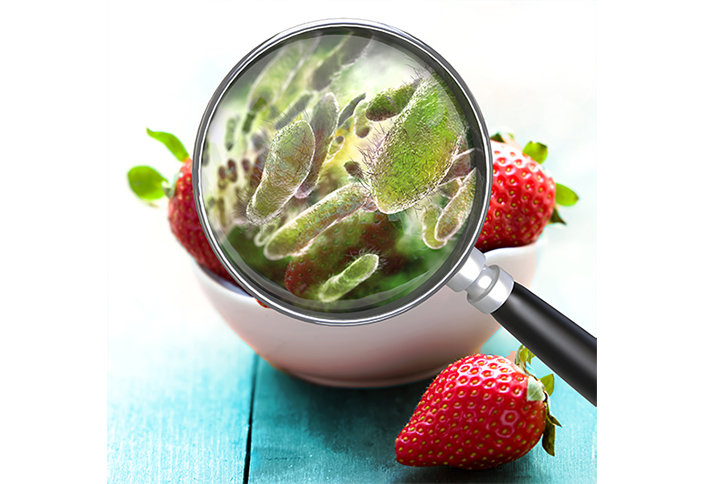Food safety: it’s a worry…

We rely on a huge network of businesses to provide safe food. But in recent years, a string of high-profile recalls have called into question the system ensuring safe food reaches people’s plates.
Does the enormity of the problem make food shopping a game of Russian roulette?
It appears so. The Lloyd’s Register Foundation World Risk Poll data reveals that most of the world is worried they will be harmed by the food they eat every day.
Over half of the world’s population, 60% of people worldwide, say they are worried about the food they eat and 51% are concerned about the safety of water they drink.
It is, however, a complicated picture. The poll indicates that the burden of food-related diseases is not spread equally across the world and is highly related to economic development levels, with low-income and middle-income countries disproportionately affected.
Also, many of the countries with the highest levels of worry about food and water are low income economies and those experiencing severe weather events.
Interestingly, despite genetically-engineered food being assigned safe to eat as their non-GE counterparts, genetically modified (GM) food is seen as a high risk with 48% of people worldwide saying they think that GM foods will mostly harm people in their country over the next twenty years. This is a view predominantly held in higher-income countries where GM foods are seen as a safety issue. In lower income countries 42% of people think that GM foods will mostly help people in the next twenty years.
Communication plays an important part in food safety as the results of the World Risk Poll also reveal that food safety authorities need to consider carefully the channels they use to disseminate crucial information for it to be effective.
Trust matters to those most threatened by unsafe food and water, and so a tailored approach is recommended to the different audiences they are addressing.
The World Risk Poll shows that only 15% of the world’s population trusts government organisations in their countries as their number one source of information on the safety of food and water, preferring to trust information provided by family and friends (31%) and medical professionals (22%). This pattern is the same for people who have experienced harm and those who have not experienced it.
The World Risk Poll provides comprehensive information on the risks supporting efforts to collect data on the safety threat of contaminated food and water. It offers rigorous data on the level and nature of hazards and the prevalence of associated illnesses.
In the lead-up to the festive season when families will head to supermarkets or place a special online order to stock up, the food industry can take this opportunity to enhance its food safety practices.
Risk nothing!
- Rodney Jack, editor, Food & Drink Technology.
Keep in touch via email: rodney@bellpublishing.com
Twitter: @foodanddrinktec or LinkedIn: Food & Drink Technology magazine.



